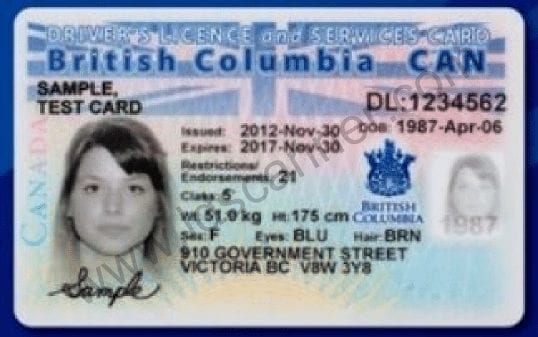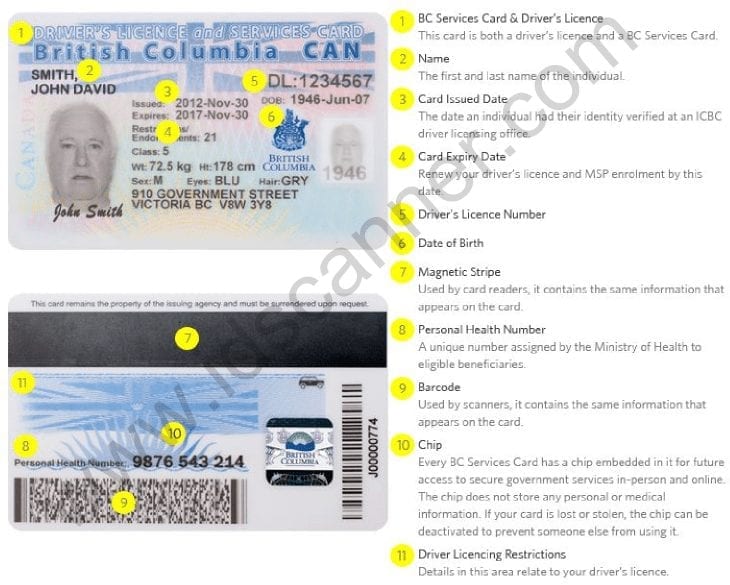
CareCards have been in use since 1989, and the CareCard system is fraught with fraud – since its inception, the CareCard program has issued nine million cards for only 4.4 million British Columbians. Although combining the driver’s license and new services card is convenient, it is not required; separate driver’s licenses and services cards may be maintained. This option may allay the fears of some privacy advocates who have voiced concerns about linking personal data across divergent domains.
The British Columbia Minister of Health, Margaret MacDiarmid, points out that the new cards contain neither a health record nor a driving record. That information is not stored on the card in an effort to ensure privacy and security. The new combination cards cost the same as a regular driver’s license, and expire every five years.

